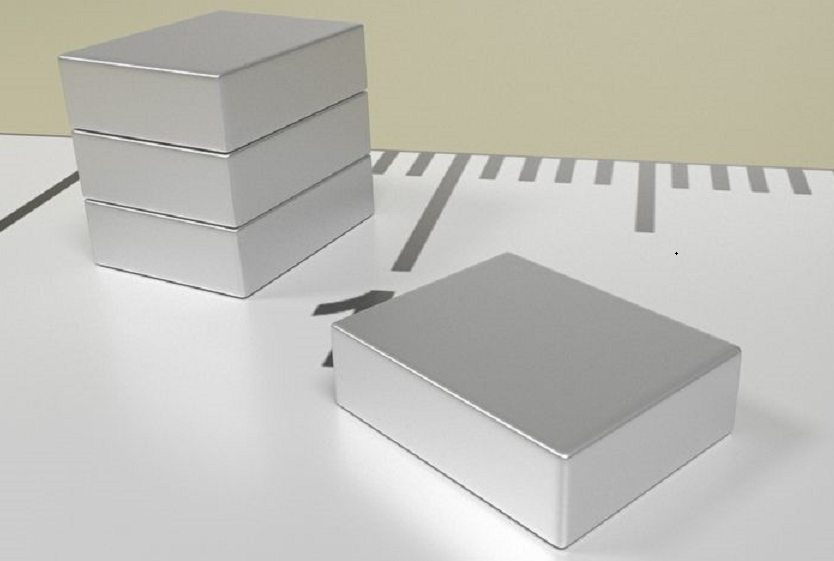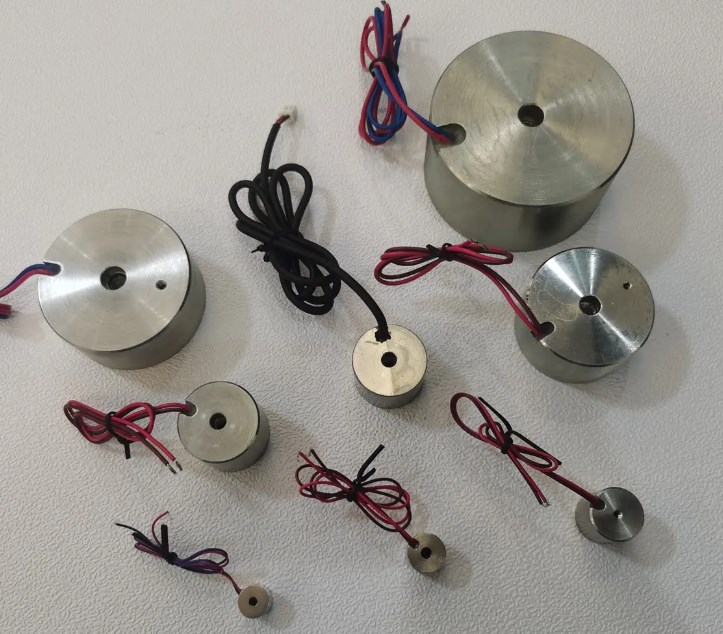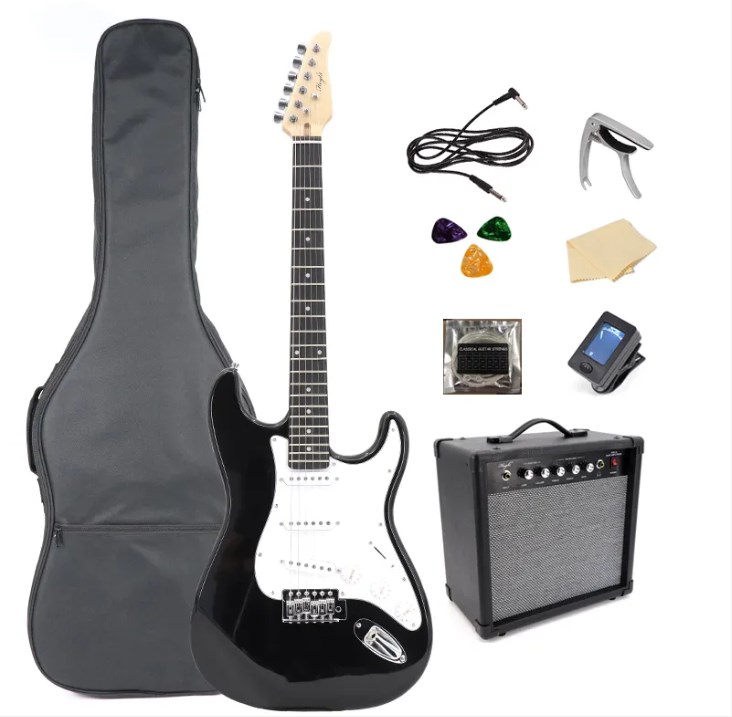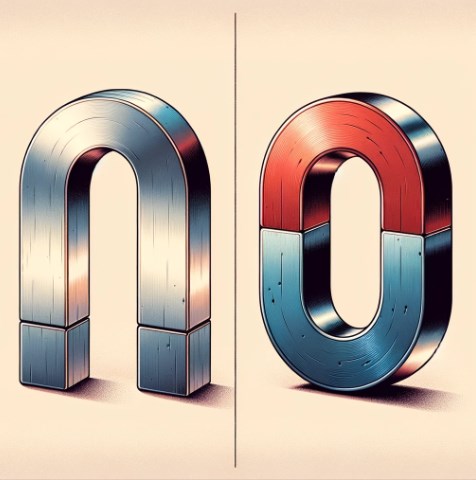How to Choose a Neodymium Magnet?
Neodymium magnets (NdFeB magnets) have excellent magnetic properties and enjoy a broad application in our daily life. For example, they have been widely used in computer hard disks, nuclear magnetic resonance imaging, electric vehicles, industrial permanent magnet motors, mobile phones, stereos, copiers, scanners, video cameras, cameras, refrigerators, televisions, air conditioners, etc. But how to choose a neodymium magnet? How to judge whether a neodymium magnet is good or not?
 How to Choose a Neodymium Magnet?
How to Choose a Neodymium Magnet?
These problems are encountered by many people, especially those who are new to the world of neodymium magnets. In this article, we will introduce several factors that you should bear in mind when choosing a neodymium magnet.
How to choose a neodymium magnet? - 1. The Temperature
Under normal circumstances, the decrease of the temperature has little effect on the performance of magnets, but they are very sensitive to the temperature increase. Each type of magnet has the maximum temperature that it can withstand and the neodymium magnet is no exception. If the temperature of its working environment exceeds this temperature, the neodymium magnet may be demagnetized and its performance will be reduced. Therefore, when buying a neodymium magnet, you'd better make sure that the temperature of its working environment is not higher than the temperature it can withstand.
How to choose a neodymium magnet? - 2. The Coating
Neodymium magnets have poor corrosion resistance, so they generally need to be plated to prevent corrosion. So what are the common coatings of NdFeB magnets? The coatings of NdFeB magnets are generally nickel, copper, chromium, gold, black zinc, blue and white zinc, epoxy resin, etc. Depending on the coating, the color of the magnet surface will be different, the corrosion resistance will be different, and the service life will also vary. Therefore, when buying a magnet, you can choose different coatings according to the working environment of the magnet. If the working environment of the neodymium magnet is harsh, you can choose the coatings that are more resistant to corrosion, such as polymer materials and epoxy resins, and vice versa.
How to choose a neodymium magnet? - 3. The Dimensional Tolerance
The shapes of NdFeB permanent magnets used in practice are various, such as discs, cylinders, cylinders (with inner holes), squares, square columns, tiles, sectors, trapezoids, polygons, and various irregular shapes, etc. NdFeB permanent magnets of each shape come in different sizes, making it difficult to be molded once in the production process. A qualified neodymium magnet not only needs to meet the performance standards, but the dimensional tolerance should also be within the acceptable range. If the magnet you purchase is used for precision instruments, then you need to pay more attention. The requirement of the dimensional tolerance of the neodymium magnet used in precision instruments is relatively strict. Otherwise, the size is too large to fit into the device.
Conclusion
Thank you for reading our article and we hope it can help you to have a better understanding of how to choose a neodymium magnet. If you want to know more about neodymium magnets, we would like to recommend you visit Stanford Magnets for more information. Stanford Magnets is a leading magnet supplier across the world who has been involved in R&D, manufacturing, and sales of permanent magnets since the 1990s. It provides customers with high-quality rare earth permanent magnetic products such as neodymium magnets, and other non-rare earth permanent magnets at a very competitive price.















